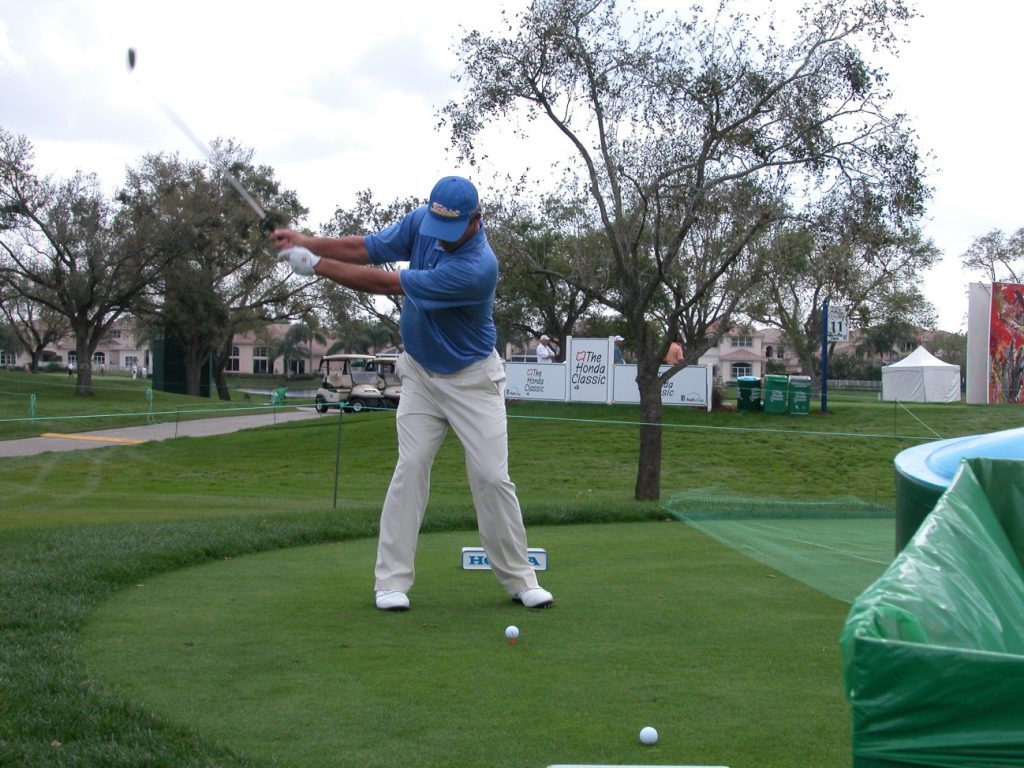How Thick Should Your Thin Slice Be?

By Dr. T. J. Tomasi, Keiser University College of Golf Senior Faculty and Director of Research
Faced with solving problems in new situations, humans need the least amount of information about any species. This is a huge advantage in a fast-paced world of sudden threats where your split-second decision is the difference between life and death. At the point of attack, you don’t have time to review your notes on tiger-fighting. In his book Blink, Malcolm Gladwell calls this thin slicing: ‘The ability of our unconscious to find patterns in situations based on very narrow slices of experience.’ For example – only humans can recognize what happened when they see a chalk outline at a crime scene. But how thin can these slices be and still work?
It’s Too Much Information (TMI)
In golf, a tsunami of information comes at you on every shot, so you’ve got to know what to ignore. Not gathering enough information about the shot leads to mishits, but agonizing over the effect of the wind and how much the slope will take the putt can cloud your ability to focus and, in the long run, can paralyze your swing. It’s not uncommon for a golfer to play their best on a course they’ve never played before because they don’t know where the trouble is. And the worst thing when your game is a little shaky is to play with someone who tells you, ‘Don’t hit it over there, there’s water’ or ‘keep it away from the OB on the right.’ Some hazards, even if directly in front of you, need to be left “unseen” but still accounted for.
This is an integral part of what I call “the process of making the target loom,” which is the goal of every shot routine. By the time you are ready to swing, you have committed to the target and see nothing else but the target on your mental screen – if you loom the target and still hit it poorly, you need to change your swing.
The Takeaway
A skill in golf that most don’t even know they need is to identify how thick the thin slice should be, i.e., how much info is ‘just enough’ to max out your chances of success.

Every course is not like Augusta National, whose layout forces the player to ‘thin slice’ perfectly or fail completely. Knowing where to hit it – given your talents – can be accomplished with one practice or a lifetime, depending on the course layout.
If you’d like to study with Dr. Tomasi and other PGA Master Professionals, contact The College of Golf today.














